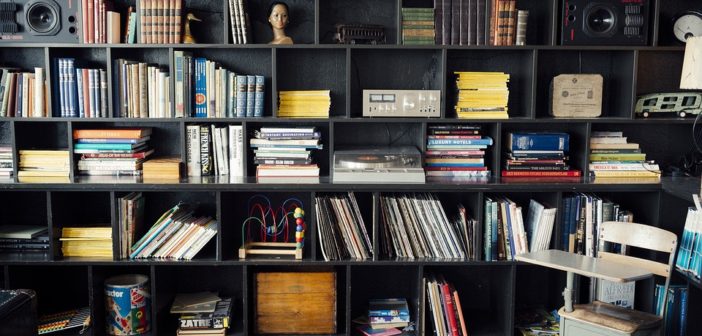Many of us have memorabilia in one form or another. Family photographs, sports collections, and movie memorabilia are enjoyable to collect and reflect on the memories associated with them. Unfortunately, many people do not realize that displaying, handling, and storing photographs, letters, articles of clothing, and objects can damage memorabilia if not done properly. The following tips will help preserve your memorabilia for future generations and protect investment pieces.
1- Displaying Memorabilia
There are certain items that people enjoy displaying, such as family photographs or collectibles. However, the display environment can quickly damage and deteriorate these precious pieces. The two major factors that damage memorabilia are light and moisture.
Light Exposure
Most people realize that direct sunlight can cause damage over time. However, many don’t realize that indirect light and artificial light can also damage your memorabilia. The most damaging lighting is ultraviolet, or UV light. Direct sunlight is a perfect example of UV lighting. However, some fluorescent light bulbs also emit low amounts of UV rays. The National Archives recommends only displaying copies of originals, whenever possible.
If you can’t or don’t wish to display a replica, store your items in cases or frames that are protected with specialized UV glazes to prevent UV rays from passing through the glass. Also, keep light sources in mind when considering where to display these items.
Moisture
Another major culprit that causes damage to memorabilia is humidity. A humid environment can warp and damage photographs and create an environment for mold to thrive and fibers to break down. Make sure to keep your humidity levels under 60 percent and display items in a cool area to prevent these problems.
2- Storing Your Items
Storing your photographs and memorabilia is a great way to preserve them, but it is important that you choose the appropriate climate and storage materials to keep items in mint condition.
Cool Temperatures
All memorabilia needs to be preserved in a cool environment. Paper-based memorabilia, such as letters and photographs are particularly at risk of this type of damage. The Clarke Historical Library at Central Michigan Library states that the color in photographs preserves best when stored at 40 degrees.
If you don’t have a cool, low humidity device to keep your items this cool, don’t worry. Storing items in the coolest location in your home will suffice in most cases.
Acid and Storage Materials
When scrapbooking became popular in the 1990s, “acid-free” was touted as the best way to prevent yellowing, fading, and deterioration of your prized memorabilia. The same goes for storing memorabilia as well. If photographs are prone to sticking, consider separating them with high-quality pieces of acid-free paper and materials. These will prevent pieces from sticking together and ink from bleeding.
3- Handling Items
When handling memorabilia, it is important to bear in mind that oils from your skin, lotions, and even soap residue will cause damage. You may fall under the belief that handling memorabilia with gloves is the best option to preserve the material, but that isn’t necessarily true.
In fact, bulky gloves may affect your grip on fragile items and could potentially cause more harm to your memorabilia. For fragile papers, glass, porcelain, and breakable items, clean hands are all you need. Wash your hands thoroughly with a plain grease-fighting soap. This will remove the oils that can cause damage from your hands so that you can handle delicate items without fear of causing damage.
For thicker and sturdier items, such as photographs and collectibles, you may choose to use gloves to prevent fingerprints and damage to the piece. As long as you can handle the item without dropping or creasing it with gloves, this is a safe option.
4- Cleaning
From time-to-time, it may be necessary to clean your items. Dusting lightly with a dry, clean microfiber cloth will suffice in most cases. If you need more thorough cleaning, consult a professional in the field of restoration before proceeding. Neutral pH detergents or professional cleaning may be recommended to preserve your piece.
Memorabilia can last for generations if preserved properly. Preventing damage is your greatest tool when it comes to preserving your most valuable pieces.




